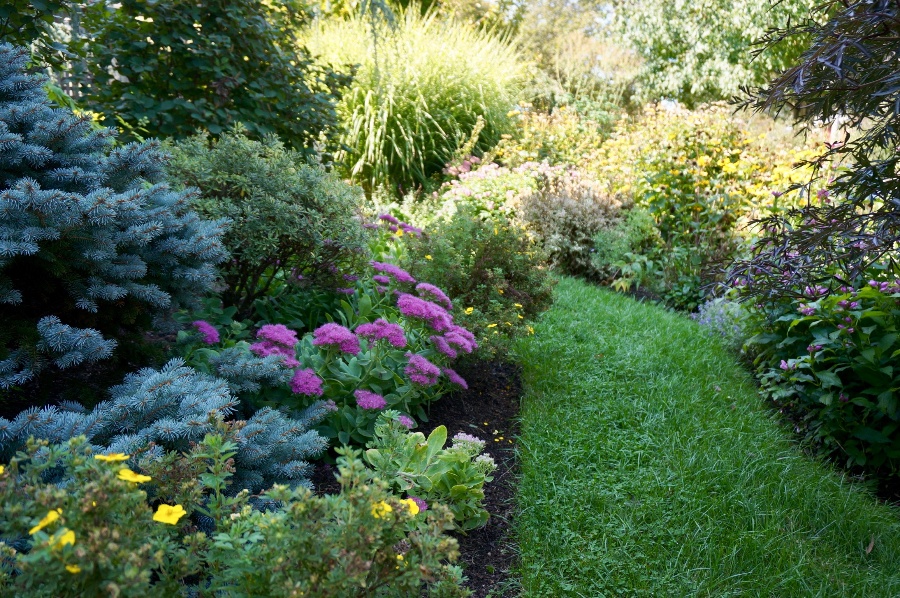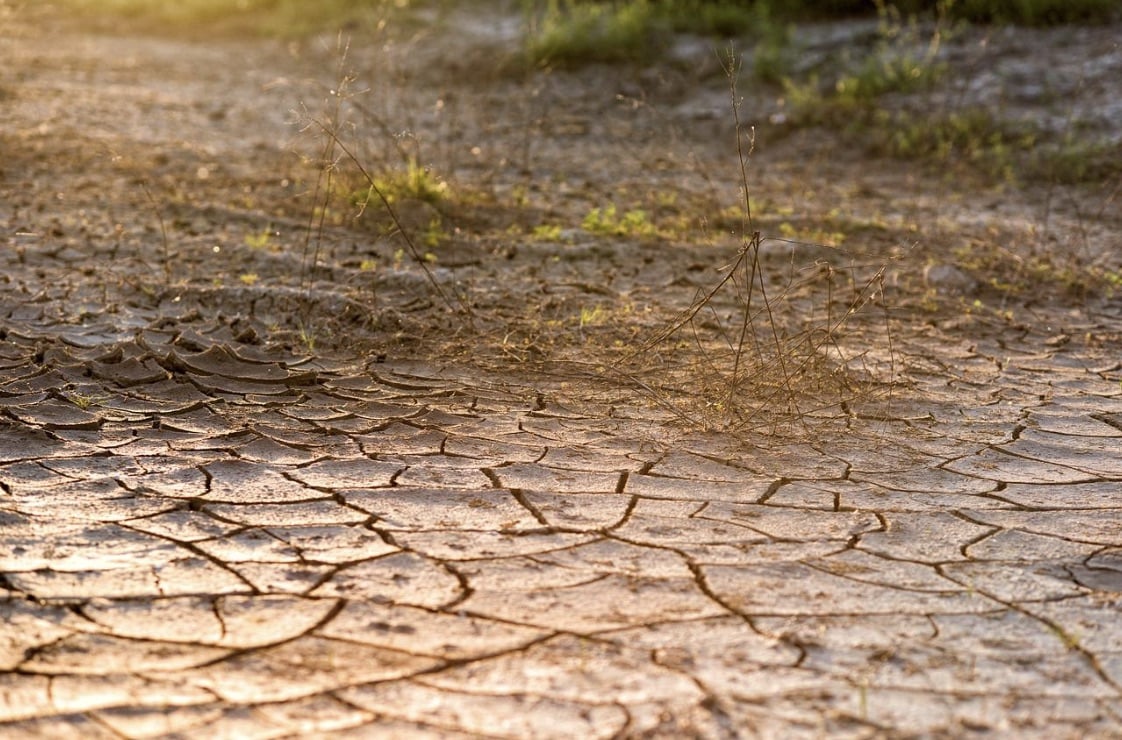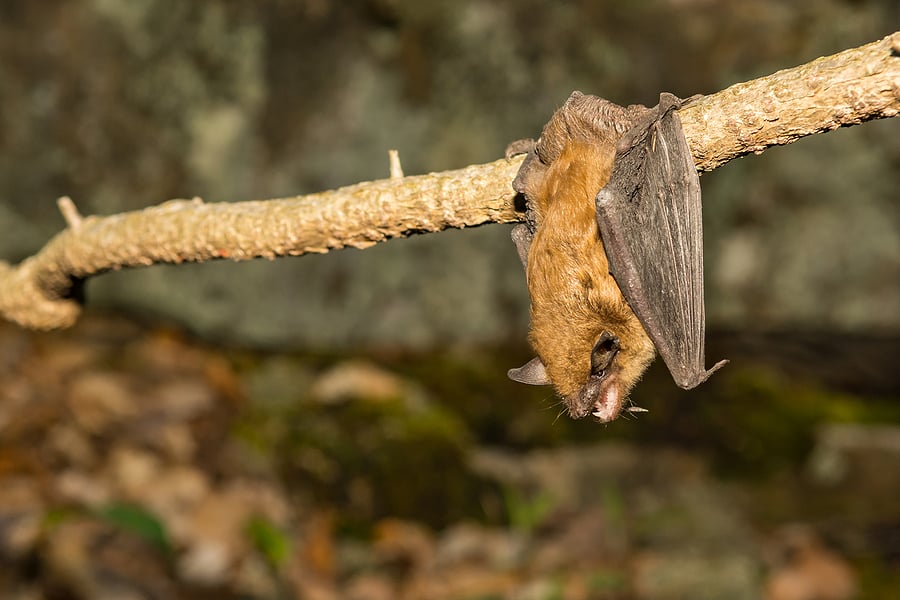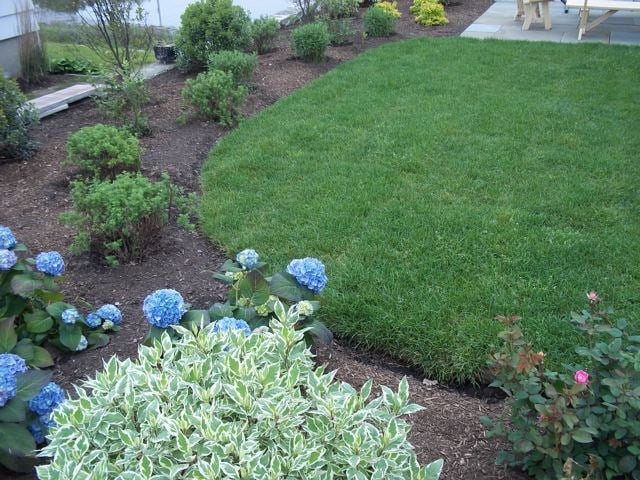As efforts to combat climate change become increasingly urgent, one term that is gaining visibility and popularity is “sustainable landscaping.” But what exactly is it and how can it help us protect the environment?
Sustainable landscaping is an umbrella term that encompasses a number of landscape design, construction, implementation, and management practices utilized for both residential and commercial landscapes. Essentially, it is a strategy for making full use of the environment to provide natural key elements that a healthy landscape requires. As part of sustainable development, it preserves limited resources, reducing waste, and preventing air, water and soil pollution. Growing the right plants in the right places; utilizing compost and mulch; employing natural fertilization, weed and pest management; and implementing effective moisture control are all components of sustainable landscaping.
-1.jpeg?width=900&name=DSC04341%20(1)-1.jpeg)
Sustainable practices help protect the environment by reducing pollution, energy use, erosion, and storm water runoff while creating wildlife habitat and strengthening the health of local ecosystems. The benefits are economical as well as ecological -- sustainable landscaping increases property values, reduces the costs for irrigation, fertilizer and pesticides, and provides unique aesthetic appeal.
Major environmental benefits of sustainable landscaping include
-
Less maintenance. A sustainable landscape ideally contains primarily native plants that thrive under local conditions so your property needs minimal human assistance, reducing the use of polluting power equipment and toxic materials.
-
Longer life. A sustainable landscape centers around a balanced ecosystem – native plants attract native insects, pollinators and creatures, all of which play a role in stabilizing and supporting a healthy ecosystem, contributing to the greater environmental good over a longer period of time.
-
Reduced water usage. A sustainable landscape starts with healthy soil featuring the proper balance of nutrients, materials, and organic content so that it absorbs and retains moisture better, minimizing runoff and puddles that can attract disease-carrying insects such as mosquitoes.
-
Minimal use of fertilizers and pesticides. Healthy soil contains the micro- and macro organisms that feed off dead and decaying biomatter, feeding itself with natural ingredients rather than toxic, synthetic fertilizers. A balanced ecosystem helps sustain a proper predator/prey environment, reducing the need for pesticides.
-
Use of green waste. Compost created from dead flowers, stems, and leaves provides a natural fertilizer while mulch made from ground-up woody material provides an attractive, natural barrier to weeds and helps the soil retain moisture and protect root systems.
-
Conservation of energy and resources. A sustainable landscape requires less watering, less tilling, and generally less maintenance. Lower consumption of all goods has a ripple effect up the supply chain, reducing the need for long distance transportation and other polluting resources.

If you’d like to create a more sustainable landscape to help combat climate change and support a healthier environment, here are some practices that can make a significant difference:
- Learn about your landscape. Knowing your property’s resources, conditions, and challenges is key to making good decisions about your plants, soil, water, and wildlife. Knowledge of your site is an essential part of applying the other principles.
-
Build healthy soil. Healthy, fertile soil is necessary for good plant growth, supports microorganisms, and results in plants that are more disease- and pest-resistant.
-
Choose the right plant for the right spot. If a plant is in a location where it must struggle to survive, most homeowners instinctively respond with additional water, fertilizers, or pesticides to improve the situation. A properly located plant will require less maintenance and pruning, and help you avoid the cost and waste of replacing it.
-
Reduce waste and recycle nutrients. Recycling nutrients through composting and recycling grass clippings reduces the need for fertilizers or other soil supplements and eliminates inefficient yard waste disposal at a commercial facility.
-
Attract and protect wildlife. Studies have shown alarming declines in some song bird species and other wildlife displaced or otherwise affected by urban development. By providing food, cover, and water, homeowners can make a real difference in the survival and health of local wildlife.
-
Manage yard pests responsibly. Start with natural resources such as beneficial pest predators including toads, lady bugs, dragon flies, bats, and other winged allies. Non-synthetic, organic pesticides can also help while minimizing the introduction of chemical toxins. Apply synthetic pesticides only after other measures have proven ineffective, and carefully follow label directions to protect the environment and reduce exposure for yourself and others.
-
Use water wisely. Eliminating wasteful practices and using water efficiently for home lawns and landscapes can help increase water for wildlife and other community needs.
-
Mow and prune responsibly. Proper mowing and pruning practices can help reduce pesticide, water, and fertilizer use by keeping plants healthy and resistant to disease.
-
Prevent landscape pollution. Preventing pollution is essential to environmental stewardship and includes constant vigilance to keep pesticides, fertilizers, fuels, pet waste, or other contaminants out of all water sources.
-
Reduce stormwater runoff. By keeping storm water from running off onto neighboring properties and into waterways, you can help prevent flooding, erosion, and water pollution. Keeping storm water on-site helps recharge groundwater supplies and can benefit wildlife habitats.
Everything that we need for our survival and well-being depends, either directly or indirectly, on our natural environment. Practicing sustainable landscaping creates and maintains the conditions under which humans and nature can exist in productive harmony while preserving and improving the environment. Every little bit helps and no effort is too small.
At Moodscapes, we use environmentally-safe best practices and materials designed to bring out the best in nature and enhance your outdoor living experience. To learn more, contact the organic landscaping specialists here at Moodscapes. To read more about sustainable landscaping, please download our FREE eBook titled 10 Common Gardening Mistakes that Hurt the Environment.



-1.jpeg?width=900&name=DSC04341%20(1)-1.jpeg)




















